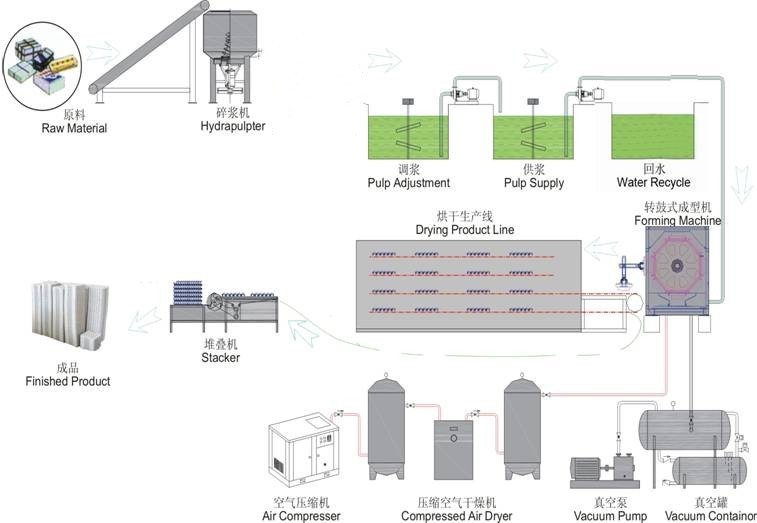chick brooder cage
Nov . 12, 2024 05:49 Back to list
chick brooder cage
The Innovative Chick Brooder Cage Ensuring Comfort and Safety for Growing Chicks
As the interest in sustainable living and backyard poultry farming grows, the importance of proper care for young chicks has never been more critical. A chick brooder cage plays a pivotal role in the early stages of a chick's life, providing the secure and comfortable environment they need to thrive. This article explores the benefits of using a chick brooder cage, essential features to consider, and tips for ensuring the well-being of your chicks.
The Importance of a Brooder Cage
A brooder cage is a controlled environment designed specifically for the needs of newly hatched chicks. During the first few weeks of their lives, chicks are unable to regulate their body temperature effectively; thus, a brooder provides the warmth and comfort they require. Without adequate heat, chicks can become stressed and may even perish. A brooder cage mimics the nurturing environment of a hen, offering a safe and cozy space for these vulnerable birds.
Key Features of a Chick Brooder Cage
When selecting or building a brooder cage, several features ensure the safety and comfort of your chicks
1. Temperature Control A reliable heat source, such as heat lamps or heated plates, is essential in maintaining an optimal temperature range of 95°F during the first week, gradually decreasing by 5°F each week until the chicks are feathered and ready to transition to cooler conditions.
2. Space and Ventilation The cage should provide sufficient space for the chicks to move around freely. Overcrowding can lead to stress and aggressive behavior. Additionally, good ventilation is crucial to keep the air fresh and prevent the buildup of harmful ammonia fumes from droppings.
3. Bedding Material A clean, dry bedding material—such as straw, wood shavings, or paper towels—should be laid on the bottom of the cage. This not only helps in absorbing moisture and maintaining hygiene but also provides a soft surface for the chicks to rest on.
chick brooder cage

4. Feeding and Watering Systems Ensure that the brooder has appropriate feeders and waterers that are easy for the chicks to access. During the early days, it's vital to keep food and water close to the heat source, encouraging the chicks to eat and hydrate properly.
5. Safety Measures The brooder cage should be sturdy and escape-proof. Using materials that are free from toxins is essential to avoid exposing the chicks to harmful substances. Moreover, the brooder should be easily cleanable to maintain hygiene.
Tips for Successful Brooding
- Monitor Temperature Regularly Using thermometers inside the brooder can help you keep track of the temperature. Adjust heat sources accordingly to ensure the chicks remain comfortable.
- Observe Behavior Watching the chicks’ behavior can offer insights into their well-being. If they huddle together under the heat source, they may be too cold; if they are too far away from it, they might be too hot.
- Introduce Gradually Once the chicks are ready to transition out of the brooder, slowly introduce them to the larger coop environment, allowing them to acclimatize.
- Maintain Hygiene Regularly clean the brooder to prevent diseases. Change bedding frequently and keep feeding/watering areas clean.
In conclusion, a well-maintained chick brooder cage is essential for ensuring the health and happiness of young chicks. By providing a secure, warm, and clean environment, poultry enthusiasts can help their birds thrive during this critical growth period. As they graduate from the brooder cage to the larger coop, these chicks will carry with them the foundation for a healthy and productive life.
-
Hot Sale 24 & 18 Door Rabbit Cages - Premium Breeding Solutions
NewsJul.25,2025
-
Automatic Feeding Line System Pan Feeder Nipple Drinker - Anping County Yize Metal Products Co., Ltd.
NewsJul.21,2025
-
Automatic Feeding Line System Pan Feeder Nipple Drinker - Anping County Yize Metal Products Co., Ltd.
NewsJul.21,2025
-
Automatic Feeding Line System - Anping Yize | Precision & Nipple
NewsJul.21,2025
-
Automatic Feeding Line System - Anping Yize | Precision & Nipple
NewsJul.21,2025
-
Automatic Feeding Line System-Anping County Yize Metal Products Co., Ltd.|Efficient Feed Distribution&Customized Animal Farming Solutions
NewsJul.21,2025






